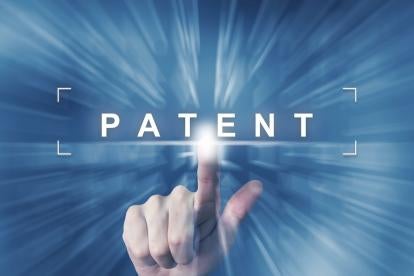Patent challenges by inter partes review (IPR) at the U.S. Patent and Trademark Office must be initiated within one year following a patent infringement lawsuit under 35 U.S.C. Section 315(b). This one-year window applies to “the petitioner, real party in interest [(RPI)], or privy of the petitioner.” The Patent Trial and Appeal Board (PTAB), who oversees IPR proceedings, has based prior decisions on the status of privies and RPIs using the filing date of an IPR petition as a reference point. However, the U.S. Court of Appeals for the Federal Circuit held that the status of an RPI or privy should be determined at the institution stage of an IPR proceeding, rather than at the filing stage, in its recent decision in Power Integrations, Inc. v. Semiconductor Components Industries, LLC, DBA ON Semiconductor, Case No. 2018-1607 (Fed. Cir. June 13, 2019).
In the underlying litigation, Power Integrations sued Fairchild Semiconductor Corporation for infringement of U.S. Patent No. 6,212,079 (the ‘079 patent) in 2009. Later, in 2015, ON Semiconductor entered into an agreement to merge with Fairchild. In the interim and prior to closing of the merger, ON Semiconductor filed an IPR petition challenging the ‘079 Patent. The PTAB decided to institute IPR proceedings against the ‘079 Patent just four days after the close of the merger.
Power Integrations contested the decision regarding institution of the IPR, arguing that Fairchild should have been listed as a real party in interest on the petition due to the merger activities with ON Semiconductor. The PTAB found there was insufficient evidence of “control” by Fairchild to establish privity between Fairchild and ON Semiconductor at the time the petition was filed. The PTAB also dismissed Power Integrations’ arguments that Fairchild was a privy, at least as of the closing of the merger with ON Semiconductor, because the closing happened after filing of the petition.
In overturning the PTAB decision, the Federal Circuit found that “[t]he focus of § 315(b) is on institution. The language of the statute, in our view, makes privity and RPI relationships that may arise after filing but before institution relevant to the § 315(b) time-bar analysis.” The court further remarked that “[w]hen the [Patent Trial and Appeal Board] finds that an IPR is barred under Section 315(b), it denies institution. It does not reject the petitioner’s filing.”
The “one year” timing provisions of Section 315(b) are still based on the filing date of an IPR petition following a patent infringement lawsuit. In Power Integrations, the original complaint against Fairchild over the ‘079 Patent was served in late 2009, and the IPR petition was not filed until early 2016. The Federal Circuit held that the IPR against the ‘079 Patent “was time-barred by Section 315(b) because Fairchild was an RPI at the time the IPR was instituted, even though it was not an RPI at the time the petition was filed.”
The Federal Circuit’s decision leaves open the impact of a change in RPI, privity, or ownership occurring after institution of an IPR proceeding.



 i
i

